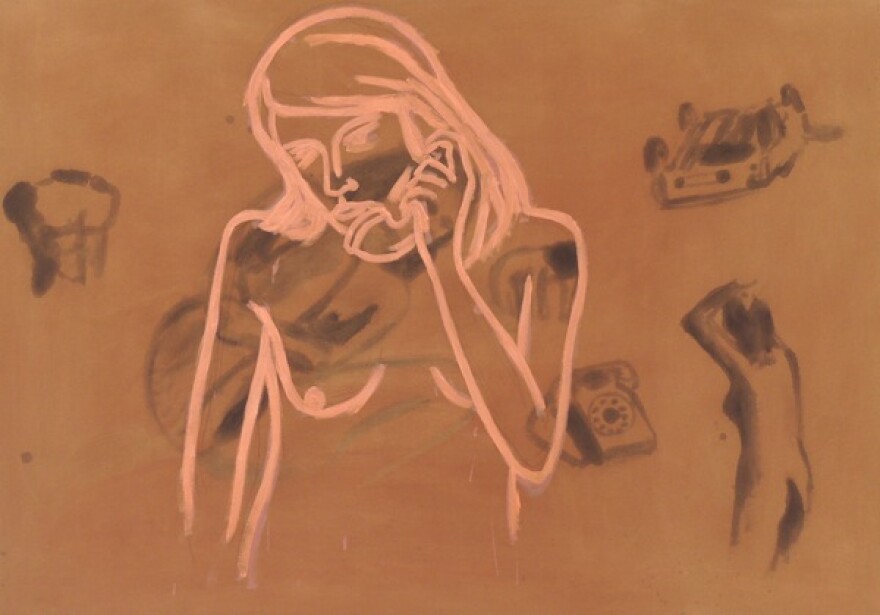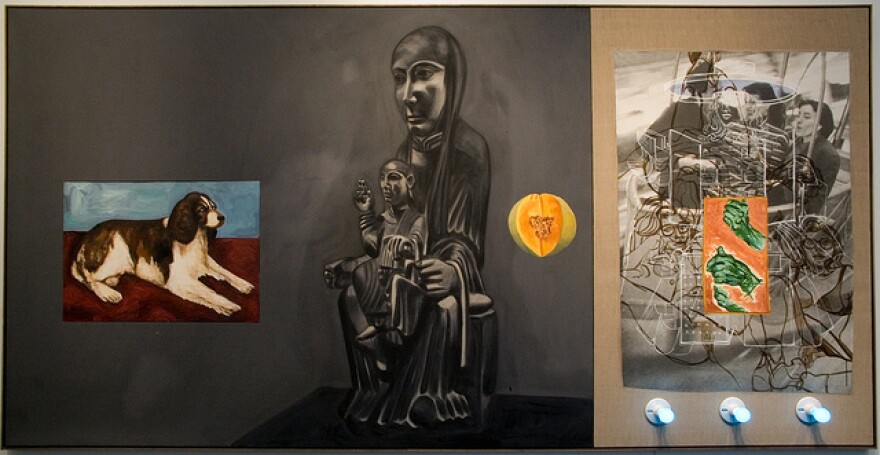Painter David Salle came to prominence in the 1980s when there seemed to be a lull in major American artists on the international contemporary art scene.
But Salle, along with a handful of other American artists like Julian Schnabel and Eric Fischl, gained the attention of international audiences and established critics for, most notably, returning figuration back to painting.
In contemporary art history, Salle is hailed as leader in this aspect and is viewed as a quintessential postmodern painter – and he grew up right here in Wichita.

Critical reception was not always favorable, to put it mildly. And yet, despite any bad press, Salle’s paintings captivated, confused, and disturbed viewers with a distinct visual language that appropriated images from popular culture and art history in equal measure.
His paintings from the '80s generally consist of monochromatic backgrounds with nude figures and fragmented vignettes. Sometimes these figures are surrounded entirely by negative space, other times they are overlaid with other figures. Salle is quite careful to keep all visual elements present at once and hold them in visual tension with each other – much like poetic phrasing.
Delving into a Salle painting is like walking into the middle of a story. His nude figures, images and objects all seem to interact, though the morality of the situation is unknown. But his work is not necessarily a puzzle to decode. It’s more of an orchestrated polyphony of abstraction, figuration, and, sometimes, text all at once.
What I enjoy about Salle’s paintings is that his canvases tend to prefer questions to answers. And while some may find this frustrating, I always feel Salle’s work gives viewers so much freedom to revel and relate.



